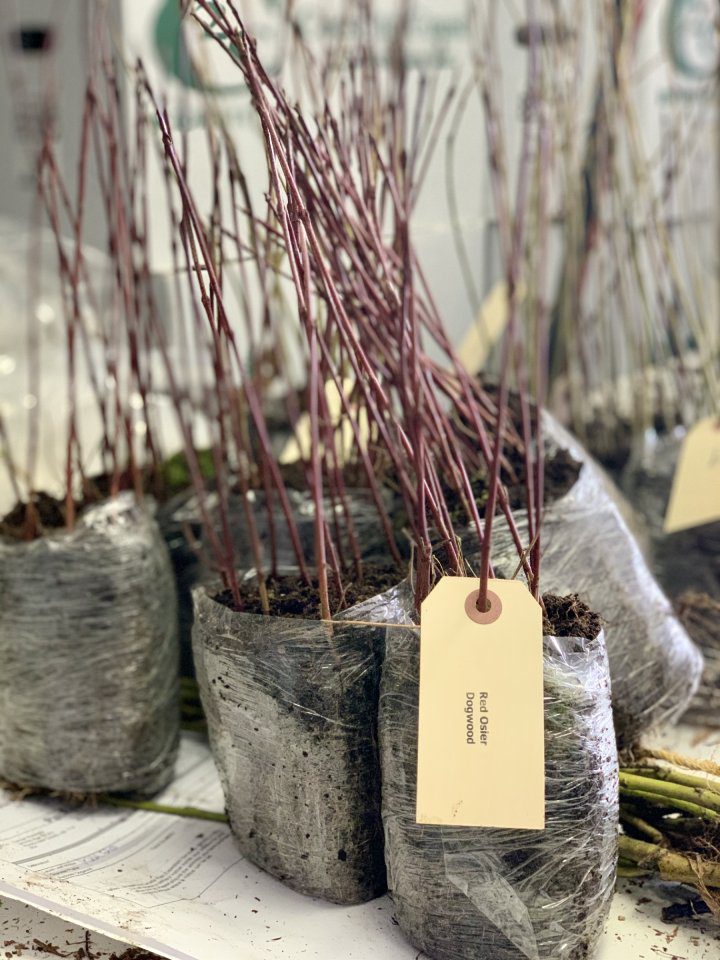Everything About Planting A Shelterbelt
How to build a Shelterbelt - the basics
Shelterbelts are most widely used in areas of prevailing winds. Usually, that is North and west, but that will vary depending on your location. Shelterbelts can also be used along roadways to trap snow and prevent blowing snow from covering entranceways to and from your property. Areas of wanted privacy are also a great reason to plant a row of trees. Most people would consider doing 3-5 rows of trees and shrubs, five being very thorough. Most clients prefer to start with a 3 row and work from there if desired not to overwhelm themselves.
To build a Shelterbelt, you would generally choose an evergreen, such as Colorado spruce or white spruce, for one row. Then the middle row would be a fast-growing deciduous choice, such as poplar or willow. The third row is a shrub, the most poplar being a lilac, but many choices are available. If continuing to a 5 row, one would usually plant another deciduous row and a shrub row. 5 row: Shrub ( outside farthest away ), deciduous, evergreen, deciduous, shrub (closest to living quarters). Make a mountain-like structure. 3 row: evergreen ( farthest away) deciduous, shrub ( closest).
The evergreen row is generally on the outside of the property, farthest away from outbuildings and residences. And the shrub row is generally on the inside, closest to your buildings. If you’re doing a 5 row, you’ll have a shrub as the farthest outside row.
To figure out how many trees and shrubs you’ll need is easy. Spacing is 10 feet for trees and 3 feet for shrubs. You can find out your length in feet and crunch the numbers. For example, one bundle of trees has ten trees. For a 100 foot row, 100 divided by 10 = 1 bundle needed. The spacing between rows should be about 8 feet. The further apart it is, the easier the wind will come through those areas.
Some clients like to get more of a variety of trees for their Shelterbelt. For example, in the ‘shrub row’ a western chokecherry, lilac, Saskatoon, caragana. Reasons for that are not just because of diversity in landscape, but also if potential diseases came through your area. It would not have the capacity to infect everything, as not all varieties are affected by pests and disease. Remember! There are no rules, and creativity is encouraged! With fall colors, flowering plants, and using different plant materials, an artful palette can be easily created for your enjoyment for years to come. If some assistance is still required, please call our office at (403) 507-8340 or email trees@prairieshelterbeltprogram.ca






